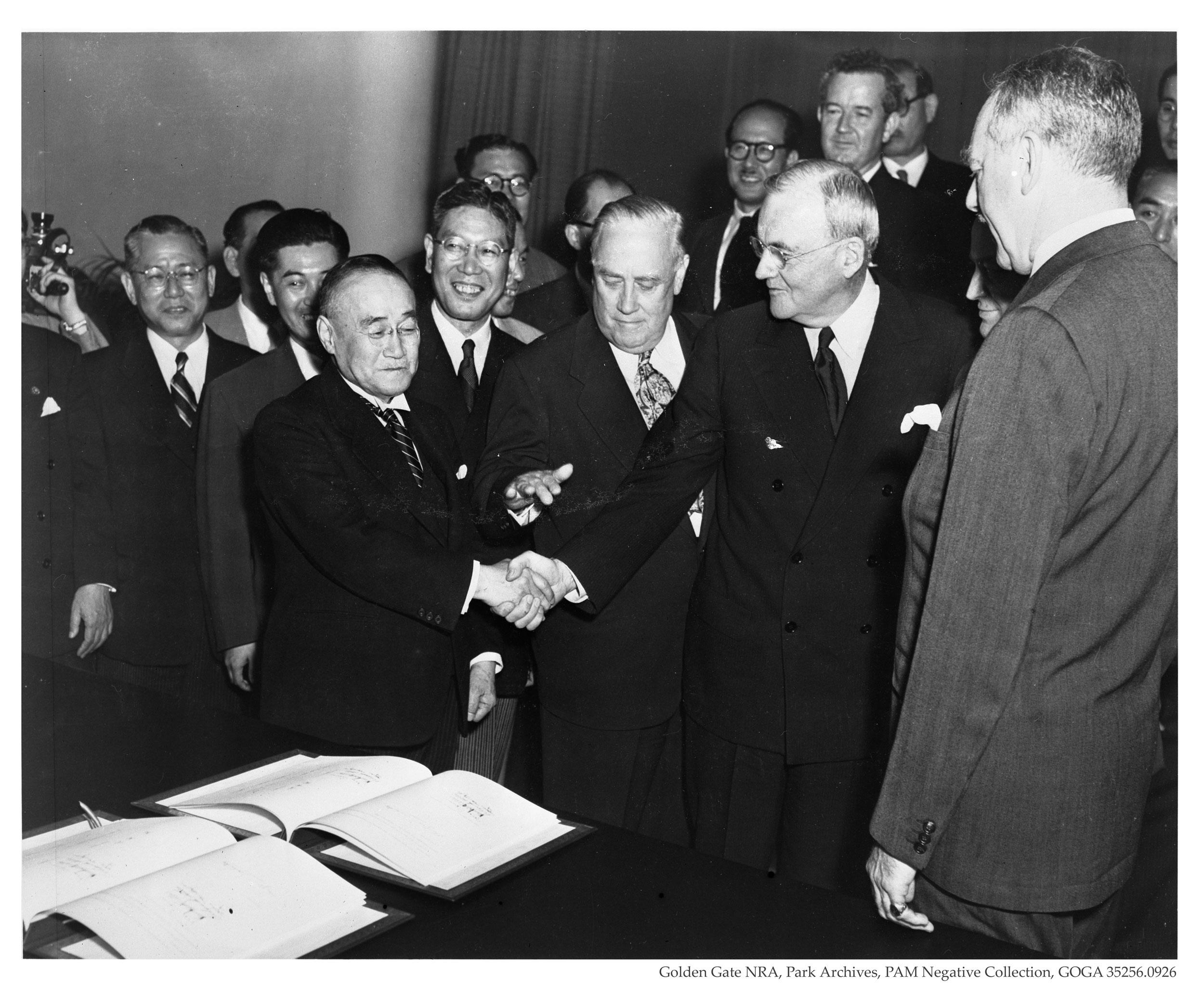Aug 26, 2021
The Signing of the Pacific Security Treaties in the Presidio
In 1951, two treaties were signed at the Presidio that redefined U.S. policy in the western Pacific.In 1951, two historic treaties were signed at the Presidio of San Francisco that redefined United States policy in the western Pacific: the Tripartite Security Treaty, also known as the ANZUS treaty, and a security treaty, which allowed American land, sea, and air forces to be stationed on Japanese territory. The treaties were signed before and after the Japanese Peace Conference which culminated in the signing of a peace treaty that formally ended World War II (although the fighting had been over for six years).
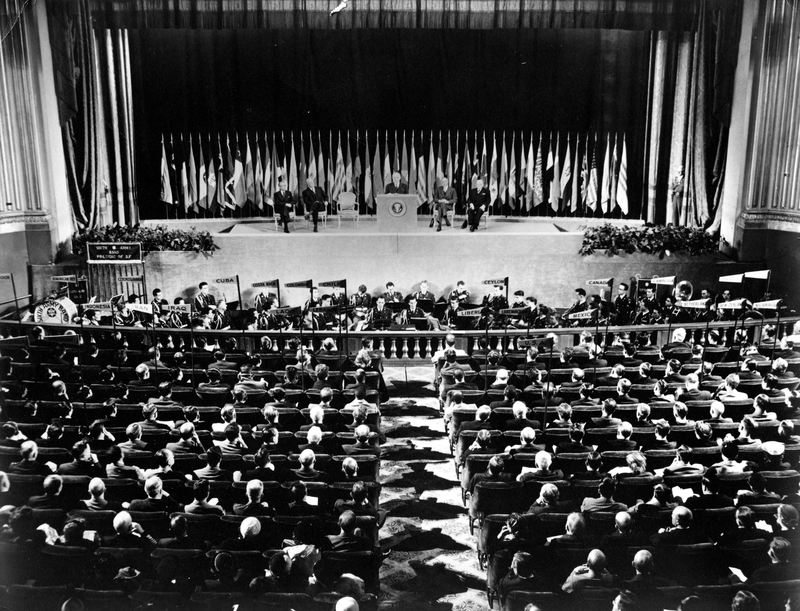
The Japanese Peace Conference, which ran from September 4 – 8, 1951 at the War Memorial Opera House in San Francisco, was attended by representatives of 48 nations. The United States was eager to restore sovereignty to Japan because of the outbreak of the Korean War the year before. It saw Japan as an important ally in what it perceived to be the advance of Soviet and Chinese Communism.
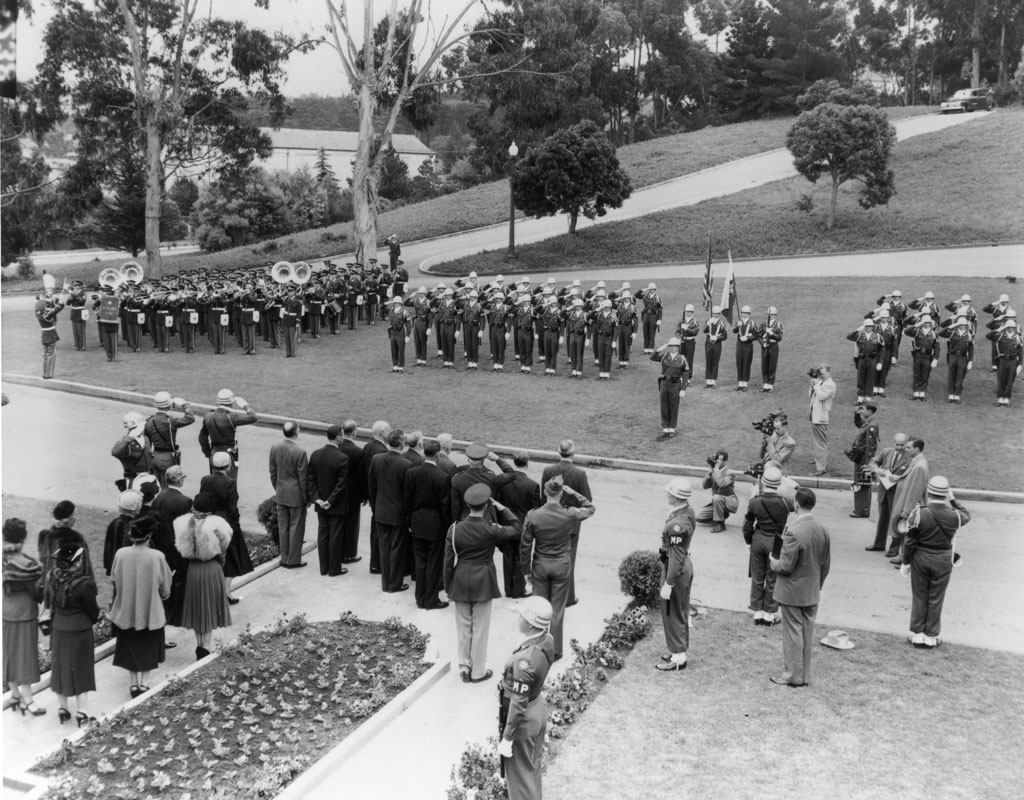
The U.S. State Department selected the Presidio to be the site for the signing of these two treaties, related to the peace treaty. Pictured above, the delegations from Australia, New Zealand, and the U.S. were greeted by officers of the Sixth U.S. Army, the Sixth U.S. Army Band (left), and an honor guard of the 701st Military Police Battalion (right) in front of the Enlisted Service Club in the Presidio.
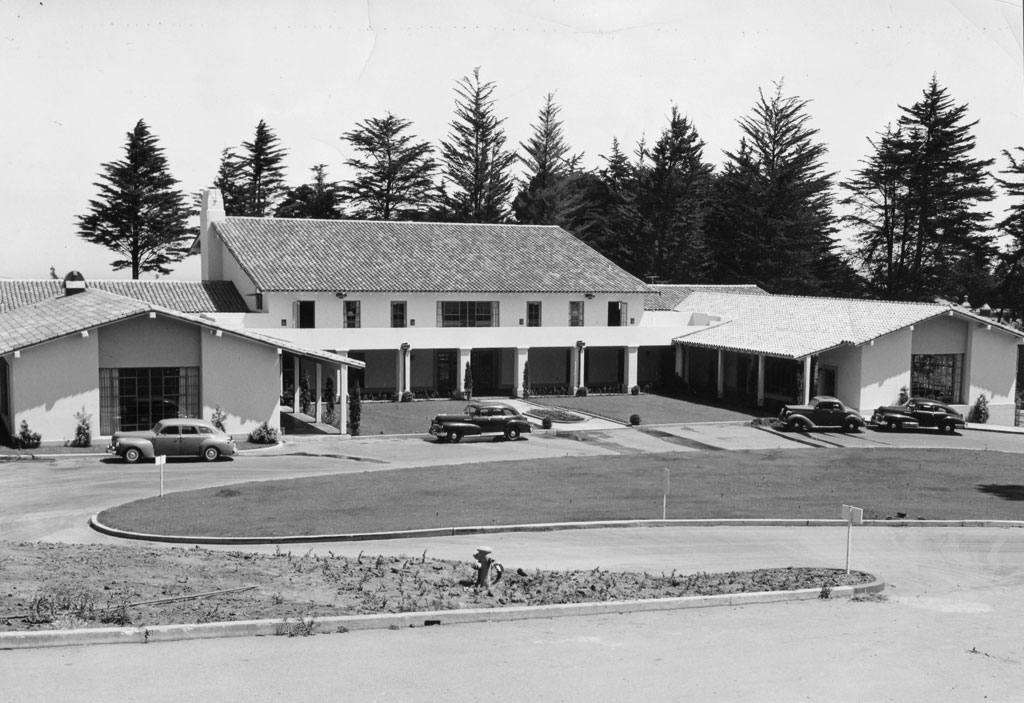
At the time, the Presidio was the site of the headquarters for the Sixth U.S. Army, which was responsible for the defense of the western United States. The treaties were signed at the Presidio’s recently completed Enlisted Service Club.
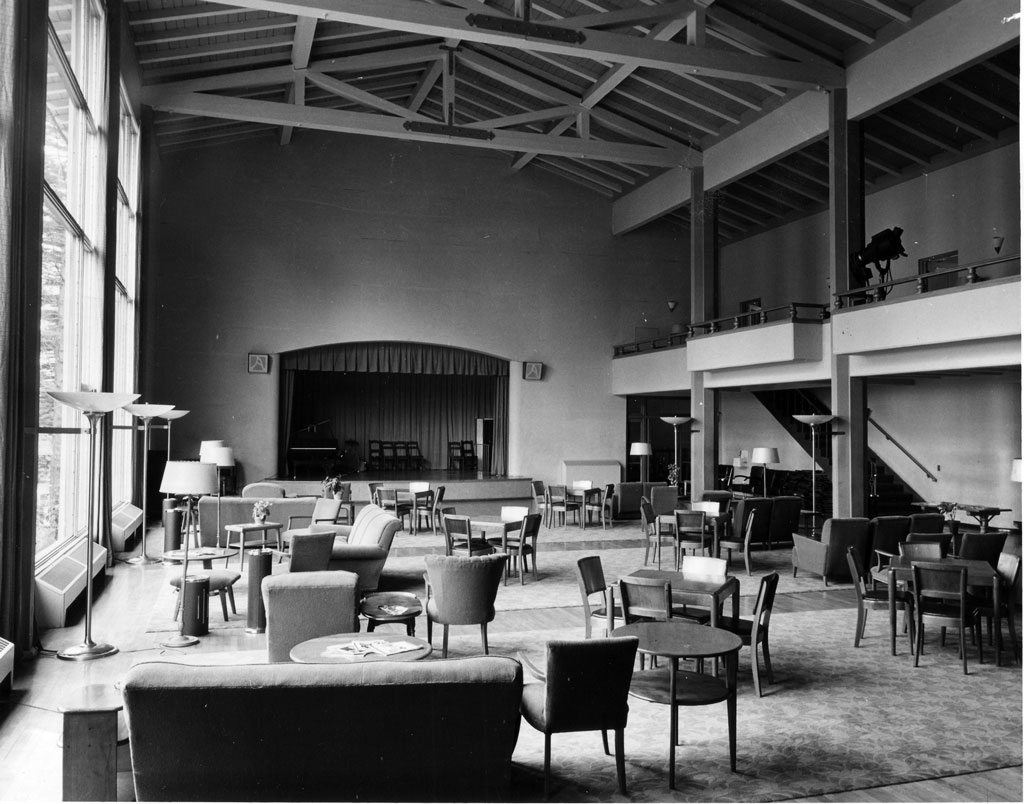
Built in a Spanish Colonial Revival style like the nearby chapel, the spacious club featured a main lounge with large plate glass windows revealing views of the Golden Gate Bridge, Marin, and the San Francisco Bay – a dramatic and fitting location for the signings. Today the building is called the Golden Gate Club and is available for event rentals.
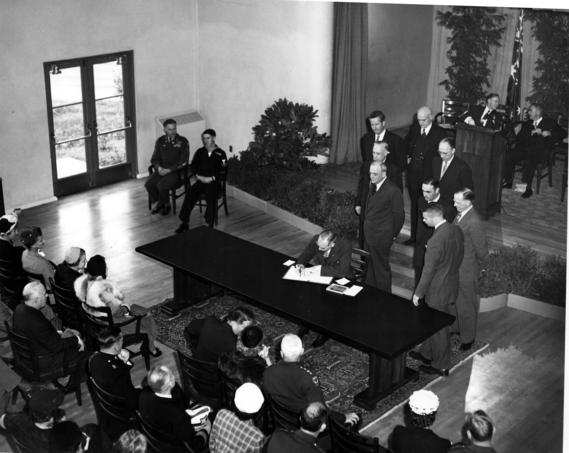
On September 1, Australia, New Zealand, and the United States signed the Tripartite Security Treaty. Also known as the ANZUS treaty, the three countries pledged to aid each other against attack. Australia and New Zealand were concerned that Japan might become aggressive again while the United States wanted to strengthen its position in Southeast Asia. The treaty has only been invoked once, in response to the September 11 terrorist attacks in New York and Washington.
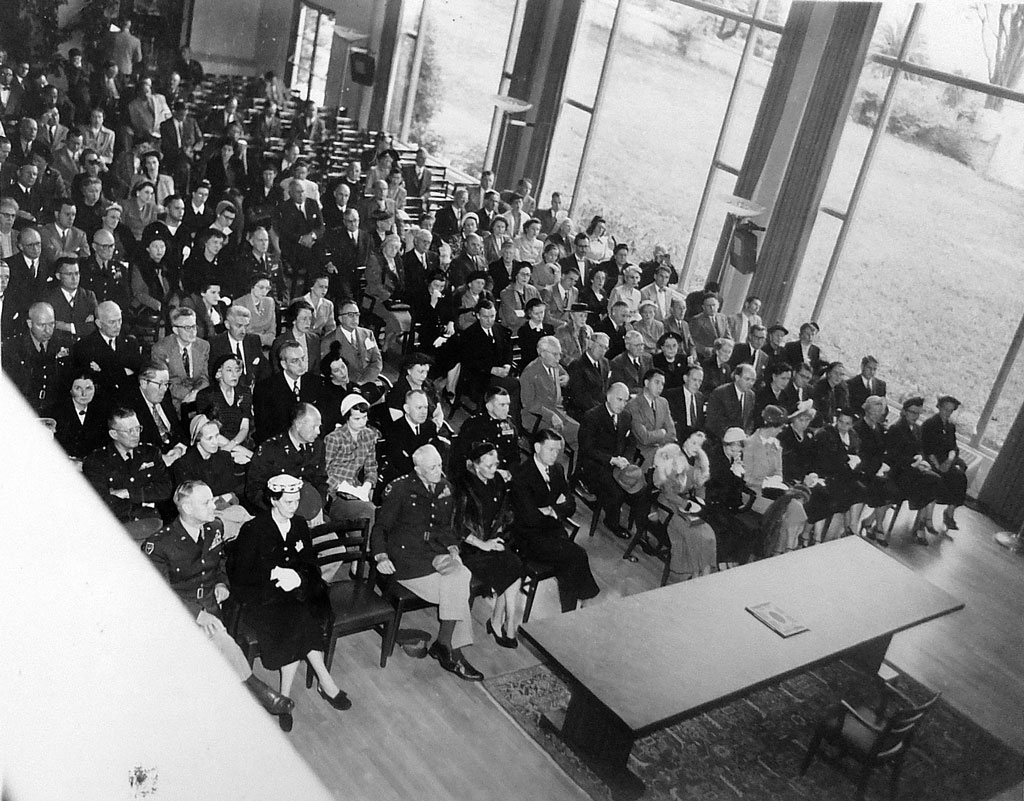
A week later, on September 8, the U.S. and Japan signed a security treaty, and the exact same set-up was used. At this time, the United States and Japan signed a security treaty, which allowed American land, sea, and air forces to be stationed on Japanese territory. This treaty was revised in 1960 to commit the U.S to defend Japan and consult with the Japanese government before using forces stationed there.
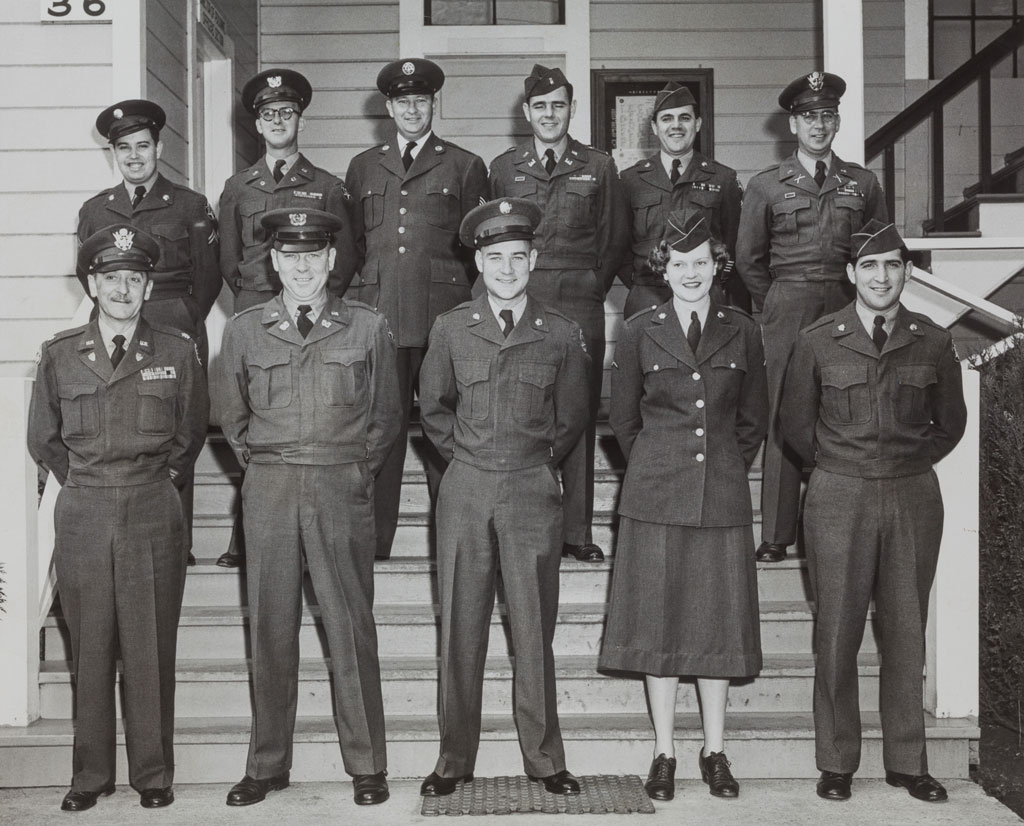
Troops at the Presidio supported the Japanese Peace Conference and treaty signings in many ways, including security, event setup, driving delegates, communications, and providing food. These members of the 6002 Area Service Unit at the Presidio received a special certificate for their loyal and efficient service during the events.
